 Written by Hulet Smith, OT
Written by Hulet Smith, OT
NOTICE: Due to current high demands on all Oxygen Supplies, we are experiencing lead times of several weeks on most oxygen concentrators. The following products are available for shipping in the next one to two weeks.
Oxygen tanks and oxygen concentrators are both members of a group of medical devices that offer oxygen therapy to patients unable to get enough oxygen into their bodies on their own. Tanks and concentrators specifically, are uniquely designed to deliver oxygen to patients at home, on the go, or who are being transferred between medical sites.
Oxygen tanks or oxygen cylinders are metal tanks containing pressurized oxygen. To use these tanks, a line of tubing is connected to the tank at one end and then to a nasal cannula or oxygen mask at the other. This allows the oxygen in the tank to be delivered directly into the patient’s nose. Personal oxygen tanks are typically mounted on a trolley or other wheel-based device that allows them to be easily transported by the patient or a caregiver.
Oxygen concentrators dispense oxygen in almost exactly the same way that oxygen tanks do, delivering oxygen directly to the patient via the same nasal cannula or oxygen masks. However, where oxygen tanks contain a fixed amount of pressurized oxygen, concentrators collect oxygen from the surrounding air, concentrate it, and then deliver it to the patient, removing the need for replacement or refilling. Concentrators are also available in multiple styles, offering larger models for using at home or in the hospital as well as more compact models perfect for traveling and moving out and about.
There are many similarities and differences between oxygen tanks and oxygen concentrators, and each has their own benefits. Because of this, finding the right product to meet you or your loved one’s needs might feel like an imposing task. This article will review some of these key differences and similarities, offer some important tips for finding the best product to meet your needs, and introduce some of the top products on the market, helping you make an informed decision that you feel confident in.
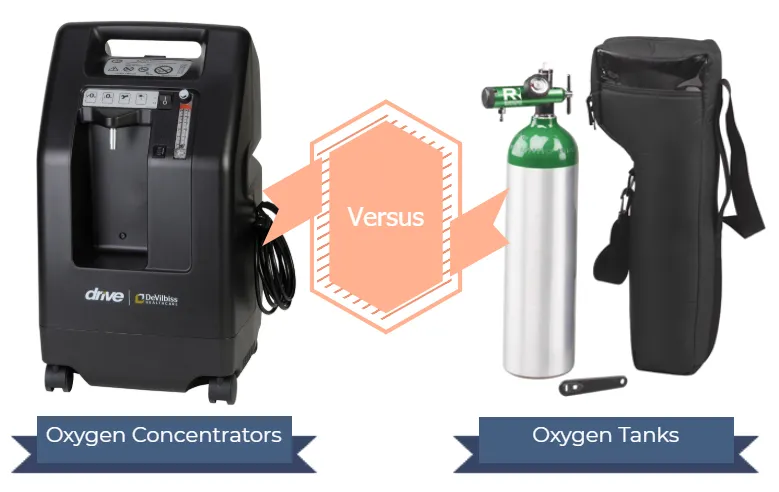
Oxygen tanks and oxygen concentrators have several key differences, and each are defined by certain advantages and disadvantages.
Oxygen tanks contain pressurized oxygen that can be continuously released at specific flow rates to provide medical grade oxygen to the patient. These devices are usually mounted on a rolling apparatus—such as a small trolley or cart—that allows them to be rolled alongside the patient.
Instead of the limited amount of pressurized oxygen used by oxygen tanks, oxygen concentrators use a filtering system to take ambient air in from around the patient, compress and modify it to medical-grade standards, and then deliver it to the patient. These devices are available in both larger home-style models and smaller portable models that are more ideal for traveling and moving around on the go.
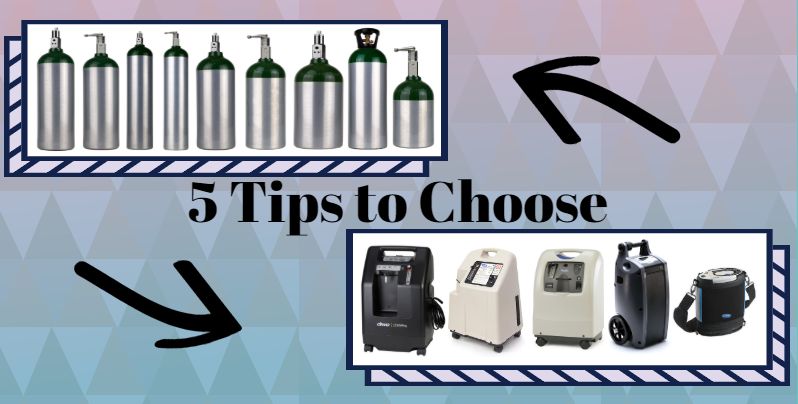
If you’re looking for a good, solid device for oxygen therapy to use in your home, hospital room, or other facility, either a concentrator or a tank will do the job just fine. Oxygen tanks can easily move up and down the hallways of a home or facility on a mobile cart, while standard concentrators are great for more stationary uses in your bedroom or living room featuring handles or wheels for short-distance portability.
However, if you’re planning to use your device for travel, running errands, or other more active jobs, a portable oxygen concentrator is a better solution, featuring a lighter-weight design and an array of convenient bags and cases for easy carrying.
Oxygen tanks, specifically, come in a number of volumes. Depending on the oxygen flow rate that is recommended and the amount of time that the tank will be required, certain volumes may be better than others. However, it is important to consider that the size of the tank influences its weight: the larger the volume in the tank, the heavier it will be.
Oxygen concentrators don’t have a set capacity, so if you need a large amount of oxygen, a concentrator will most likely save you money in the long-run and probably be more convenient for you, as you won’t have to worry about constant refills and tank replacements. This high-capacity concentrator from Invacare offers more oxygen than any concentrator in our catalog, making it the perfect solution for users with high oxygen requirements.
Additionally, while most oxygen cylinders and concentrators offer a range of flow rates, it’s important to consider whether the device you finally select can offer your prescribed flow rate. Make sure you pay close attention to this particular specification when you’re comparing products.
If you’re a fairly stationary person, just looking for something that will accommodate you moving around a single room or home, then a compact concentrator like this one from Drive Medical is probably the best option.
A combination of a larger oxygen concentrator like this stationary concentrator from Caire Medical, and the occasional oxygen tank might be the best solution if you’re someone who mostly stays in one place, but needs to go on short outings every once in a while.
If you’re a more active person who likes to travel, going on trips either by car or plane fairly regularly, or simply likes to engage in a more active lifestyle, then a portable oxygen concentrator like this innovative portable concentrator from O2 Concepts is the best option for you.
Budget can be a very important consideration when selecting an oxygen therapy device, as it is when choosing any product. Often people may gravitate towards the lower buy-in price of oxygen cylinders, but it’s important to remember that if you have the extra money to spring for a concentrator, it will save you money over time by eliminating the need for refills and tank replacements.
Often Medicare or similar insurance systems will pay for the cost of a standard stationary oxygen concentrator, but they will often not cover the additional costs of a portable concentrator model. For this reason, a lot of people often forgo the higher price of the portable concentrator, but it can be a lifesaver if you’re someone who travels a lot or highly values the freedom to travel and engage in an active lifestyle.
Many oxygen tanks and concentrators come with optional transport accessories. These can be wheel-based mounts for oxygen tanks, shoulder bags, or attachments for wheelchairs. If you do not already have a device for carrying and/or transporting your oxygen device, this is something you might be interested in purchasing depending on how you intend to use your device.
Additionally, there are a number of other items that may or may not be included with your oxygen tank or concentrator that you should consider. Items like oxygen tubing, nasal cannulas, and oxygen masks are required for proper oxygen therapy delivery, so if you don’t have them already, you might be interested in a product that includes them as a bundle, or you can purchase them separately for more control over the type of tubing and mask you ultimately use.
Products like flow regulators, oxygen conservers, and other accessories may also be something to consider before making your final purchase.
If you do intend to choose an oxygen cylinder over a concentrator, you may also be interested in a storage rack for your cylinders so that you can keep multiple on hand, or a home fill system so that you can forgo the cost of a concentrator and instead save yourself money by refilling oxygen tanks yourself.
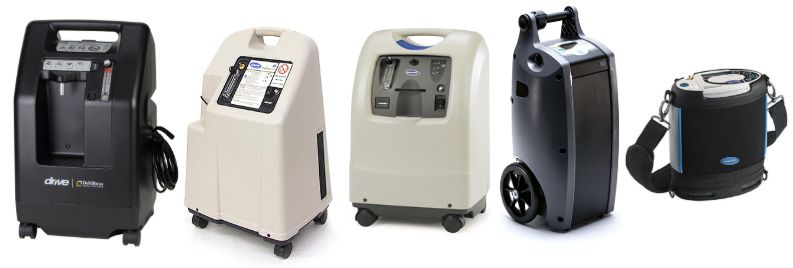
Finding the right oxygen tank or oxygen concentrator for you or your loved one may seem like a challenge. Fortunately, Rehabmart offers a wide selection of these devices from trusted medical equipment manufacturers such as Inogen, Invacare, O2 Concepts, Caire Medical, and many others.
To help you make an informed decision on the best concentrator to meet your needs, we’ve outlined just a few of our favorites based on the most important buying features you may be considering:
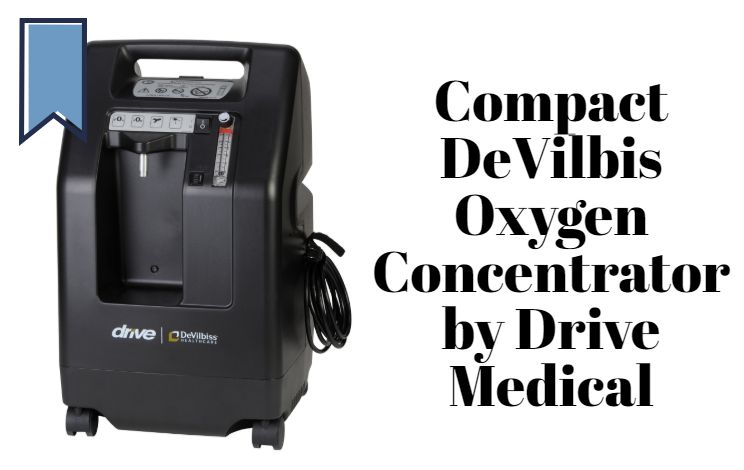
If you’re looking for a versatile oxygen concentrator that does its job well and is dependable, then the Compact DeVilbis Oxygen Concentrator by Drive Medical is the one for you.
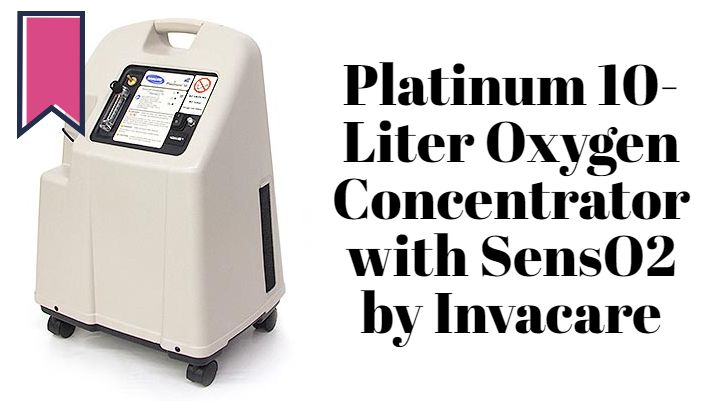
If you need a large amount of oxygen and are looking for a concentrator that’s up to the task, then the Platinum 10-Liter Oxygen Concentrator with SensO2 by Invacare is the perfect solution.
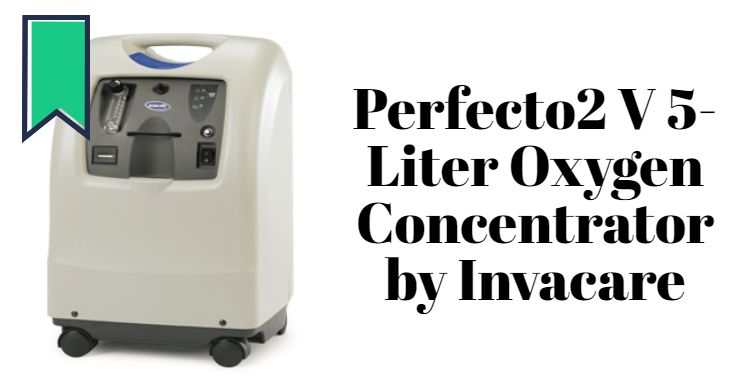
If sound output is your highest concern, then the Perfecto2 V 5-Liter Oxygen Concentrator by Invacare is one of the best. At only 42 dB of sound output, this concentrator puts out only an ambient sound that makes it easy and non-distracting to use at all times, even while sleeping.
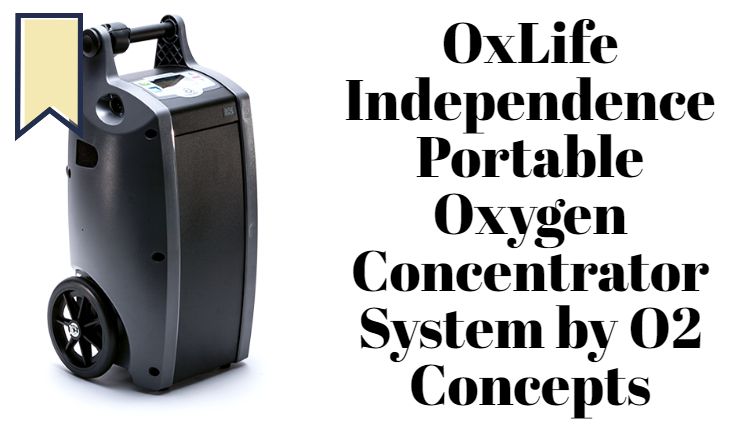
If you’re looking for a dependable portable concentrator with good battery life and easy operation, then our pick for the best all around is the OxLife Independence Portable Oxygen Concentrator System by O2 Concepts. This lightweight, highly portable concentrator is easy to pick up and stow even on cramped airplanes.
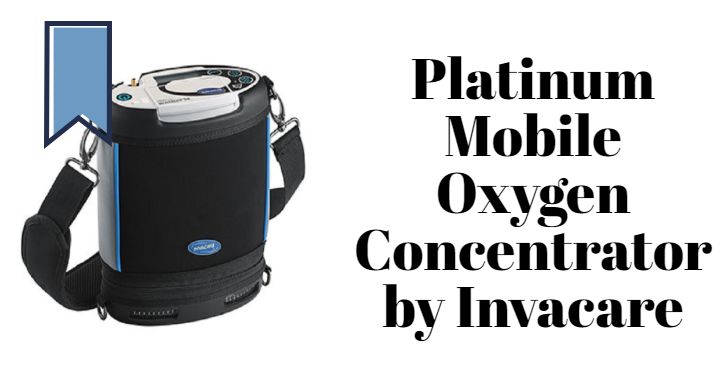
If size is your biggest concern and you just can’t be bothered to lug around anything bulkier than a small tote, then the Platinum Mobile Oxygen Concentrator by Invacare is the best option, weighing less than five pounds and coming complete with its own carrying case.
Yes! Continuous flow oxygen concentrators are absolutely safe to be used with most sleep apnea devices. But, if you're worried about a specific model of concentrator or CPAP/BiPAP device, contact the manufacturer or discuss your options with your doctor.
Most of the time, no. Medicare does have billable codes for portable oxygen concentrators. However, with reductions in how much Medicare will pay there continues to be less and less incentive for your local oxygen equipment company to provide you with a portable oxygen concentrator.
Most choose to provide you with the less expensive, old-fashioned system consisting of a home oxygen concentrator and multiple oxygen tanks that have to be refilled and delivered routinely. However, if you have the financial ability to choose a portable concentrator on your own, they're a great option for increased independence and freedom.
For more information about oxygen therapy, check out Rehabmart's Complete Guide to oxygen therapy. If you are interested in reading detailed reviews and customer feedback, look at Rehabmart’s picks for our Top 5 Best Oxygen Concentrators. You can also check out our entire selection of oxygen therapy products, where you can browse our entire catalog of tanks, concentrators, accessories, and more! Whether you’re just considering your options or ready to make your final purchase, visit Rehabmart to find the best product for you.

Co-founder/CEO of Rehabmart, Pediatric Occupational Therapist, husband, and father. Passionate about connecting special needs kids with superb nutrition, sensory integration, and complementary health strategies. Excited about Rehabmart's mission to become the premier online educational platform which empowers caregivers by spotlighting innovative devices and interventions to achieve optimal patient response and recovery.